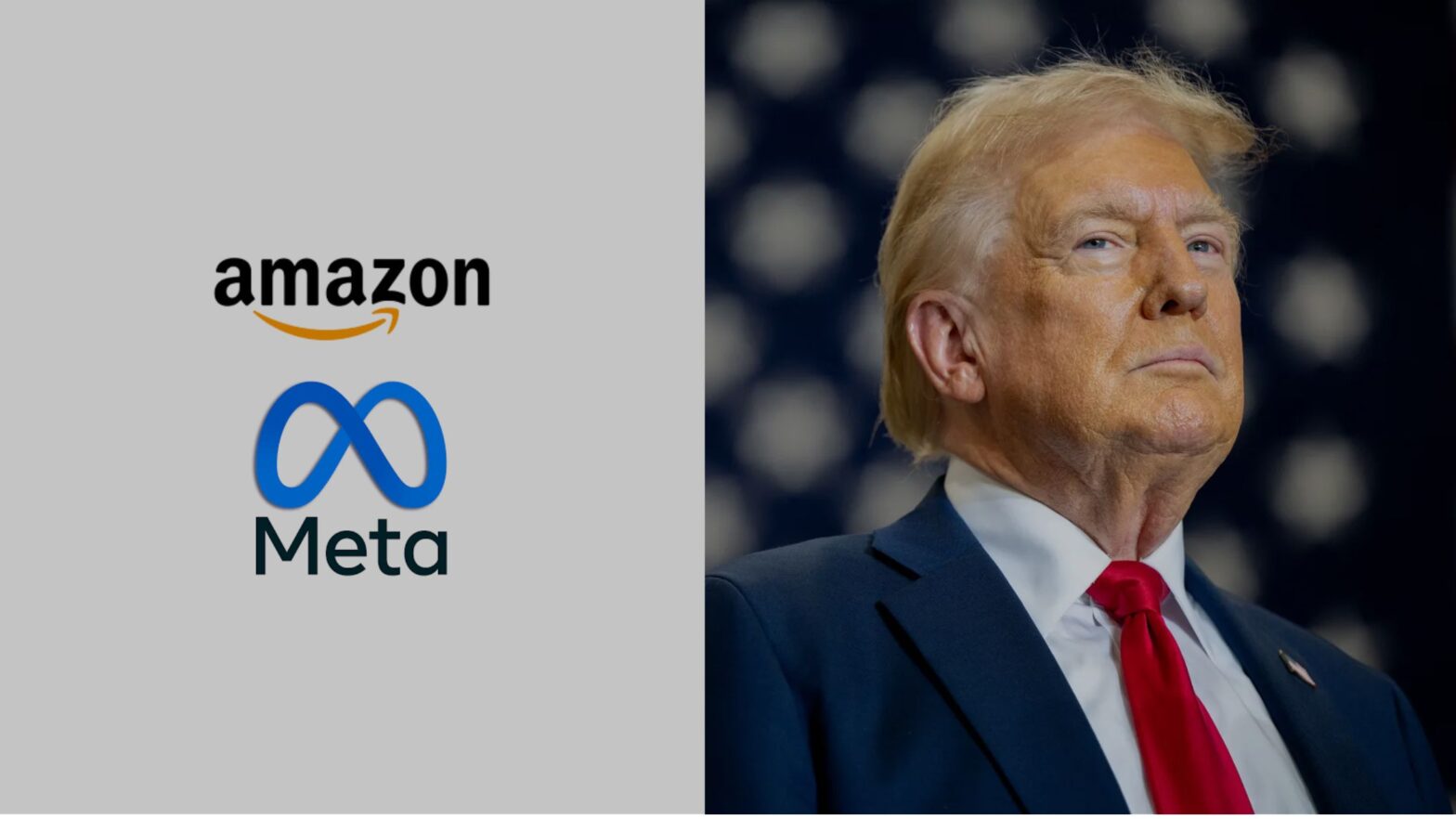Comprehensive strategy and resource management: a close look
October 28, 2024

When it comes to marketing, “comprehensive strategy” is definitely one of those buzzwords. It sounds impressive, like something only top marketing gurus could handle. But in reality, it’s not as complicated as it seems. Imagine your brand as the main character in a movie, with the comprehensive strategy as the script. You can’t improvise every scene or act randomly. You need a clear, coherent, and well-thought-out plan to make the movie (or campaign) a success.
A comprehensive marketing strategy is simply a plan that covers every touchpoint a brand has with its audience, from the ads you see in your Instagram feed to the emails in your inbox. The key is that no matter where you interact with the brand, the message is consistent, making you feel like you’re dealing with the same “personality.” That’s why it’s called comprehensive—it unifies all aspects of communication.
For this strategy to work, a few things need to be clear. First, you must define your objectives. What are you aiming to achieve? You might want to increase sales, improve brand image, or generate more leads. Whatever it is, it needs to be well-defined. It’s like knowing your destination before starting a journey; otherwise, you might get lost along the way.
Another crucial factor is understanding your audience. Speaking to teenagers is entirely different from addressing corporate executives, right? Knowing your ideal audience, their interests, and their needs allows you to tailor your message and communication channels to reach them more effectively. This leads to the next point: your unique value proposition. Essentially, what makes your brand different? Why should they choose you over the competition? Without a clear answer, it’ll be hard to stand out amid all the advertising noise.
Once you know who you’re targeting and what makes them unique, you need to choose the right channels. If your audience spends all day on Instagram, that’s where you need to be. But if they’re more likely to be on LinkedIn, focusing on other platforms would be a waste. Consistency in messaging is also key. You can’t be fun and relaxed on social media and then overly serious in emails. That confuses people; no one wants to feel like they’re talking to two different brands when interacting with you.
And of course, you can’t know if all this is working unless you measure the results. This is where metrics come into play. It’s essential to analyze what’s going well, what’s not, and make adjustments. Marketing strategies aren’t fixed; they should constantly adapt based on results and market changes.
Speaking of adaptability, this is where resource management becomes essential. Having a great strategy on paper is one thing; executing it efficiently is another challenge. Resource management means budgeting, time allocation, and using the right tools to make sure everything runs smoothly.
Take budgeting, for example
You can’t spend all your money on one ad campaign and neglect the rest. Resources need to be allocated smartly, ensuring that each part of your strategy has what it needs to succeed. The same goes for time. You can’t launch a campaign without giving your team enough time to plan and execute it correctly. And speaking of teams, resource management also involves knowing how to assign tasks effectively. It’s a recipe for disaster if the same person handles social media strategy, email, and paid advertising all at once.
This is where technology comes in
It’s like having superpowers in modern marketing. Platforms like Google Analytics, HubSpot, or SEMrush help you optimize your processes and efficiently track results. For instance, Google Analytics can tell you how many people visited your site and what they did while there. HubSpot and Marketo act like personal assistants, helping you manage campaigns, track leads, and automate countless tasks that would otherwise consume your day. And if we’re talking SEO or competitor research, SEMrush is an excellent tool for analyzing keyword positioning, seeing what competitors are doing, and figuring out how to improve.
All of this sounds great, but how do you know it’s working? This is where ROI (Return on Investment) comes in—a fancy way of saying, “Am I earning more than I’m spending?” ROI lets you measure if your marketing campaigns are delivering results. And if they aren’t, it gives you a chance to adjust before it’s too late.
Improving ROI with some key tactics
One of the best ways to improve ROI is by segmenting your audience. Instead of trying to reach everyone, focus on those genuinely interested in what you offer. You can also personalize your messages. Nowadays, people like to feel that brands are speaking directly to them, not to a generic mass of consumers. Testing different versions of the same campaign (known as A/B testing) can also help you see what works best and refine your efforts.
And let’s not forget landing pages. If you’re attracting lots of visitors to your site but no one’s buying or signing up, something’s not right. Optimizing these destination pages is crucial for converting visitors into customers. Finally, automating processes is a great way to save time and resources, allowing you to focus on what really matters—creating strategies that work.
In summary
A comprehensive marketing strategy combined with solid resource management is the key to your brand’s success in today’s marketing landscape. Plan well, use the right tools, and measure everything to make adjustments as needed. And if you have any questions or would like to dive deeper into a specific topic, don’t hesitate to reach out. I’m here to help!




